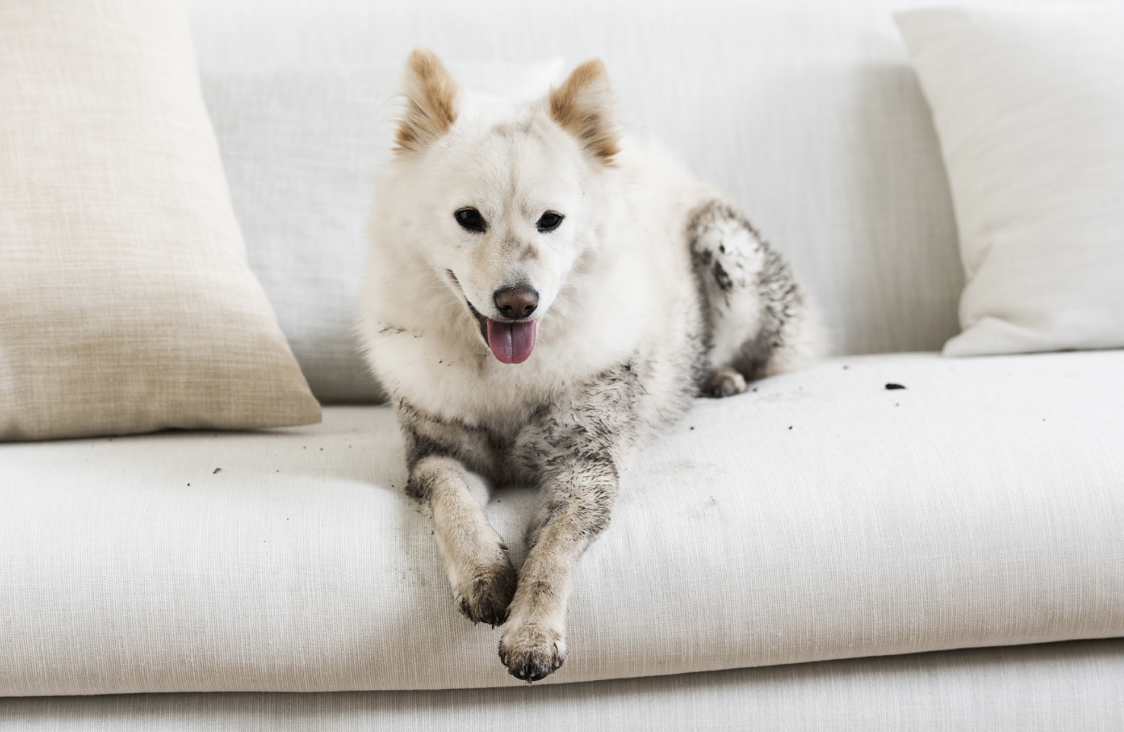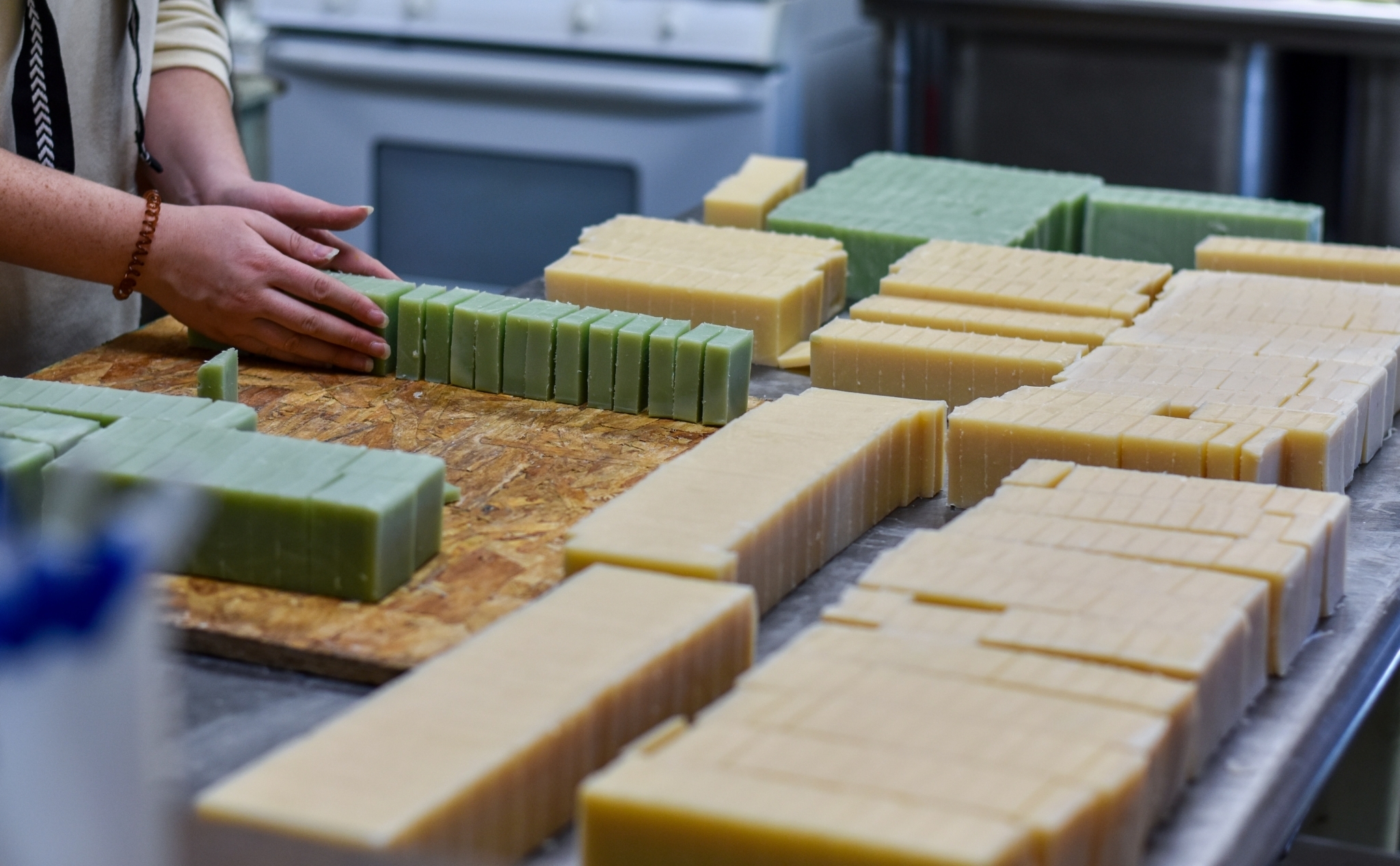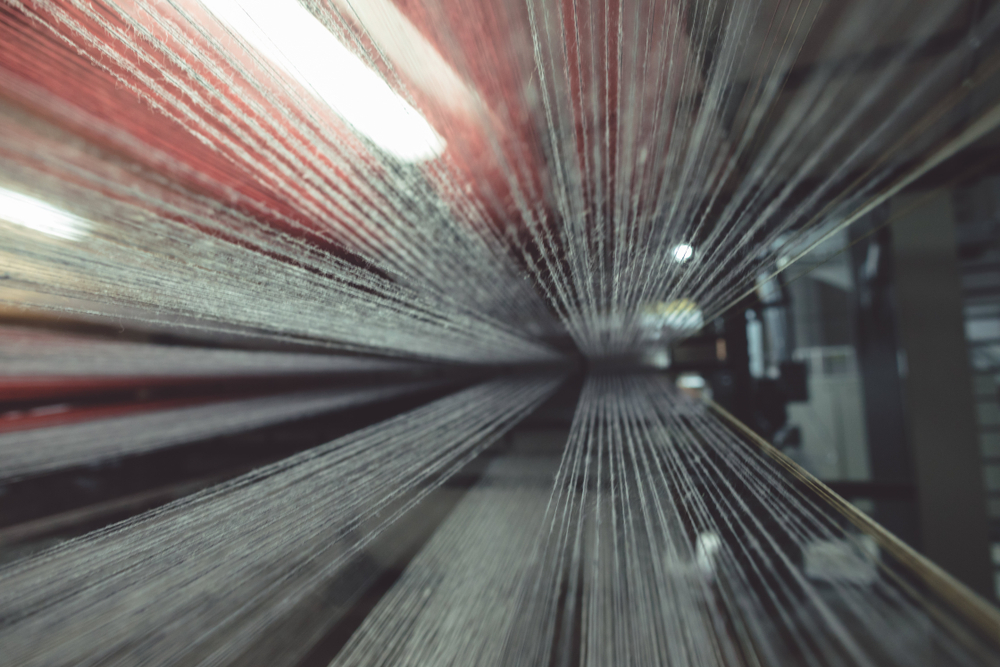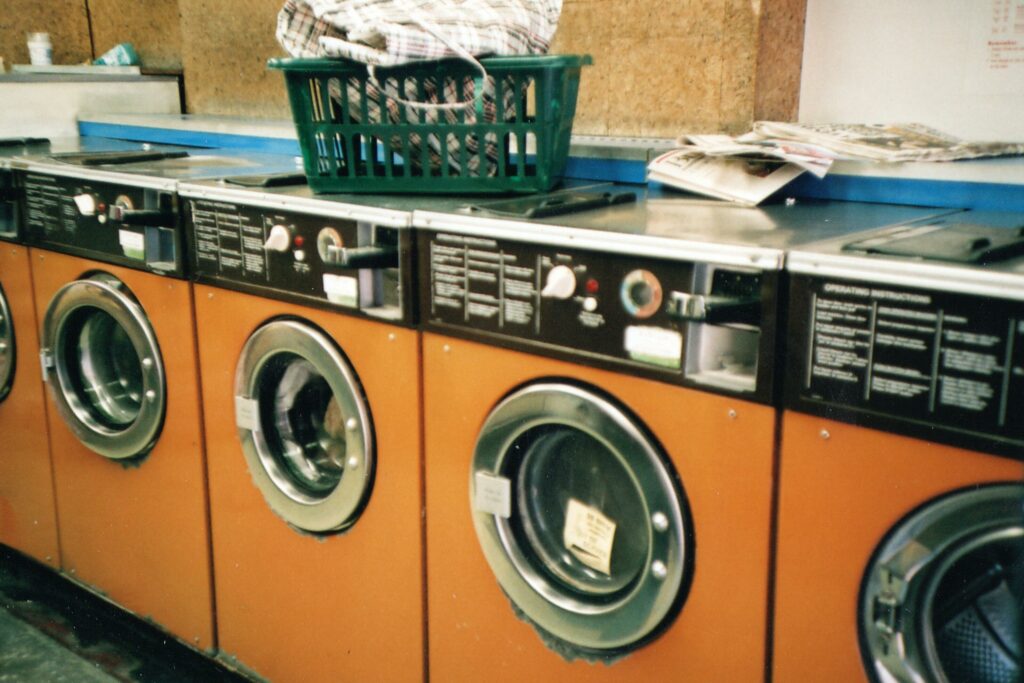Washing fabrics: a functional history and need-to-know facts
You probably don’t need to be told this, but washing fabrics has been a thing for nearly all of mankind’s existence.
Welcome to our brief history of clean fabrics! We’ll take a wander down memory lane, looking at some of the interesting (read: very strange) ways people have kept their home furnishings clean throughout the centuries. We’ll state facts, bust some myths and introduce you to an exciting new chapter in our story.
Cleaning fabric wasn’t always easy
We might be biased when we say this, because our fabrics are so easy to maintain, but fresh, clean fabrics make us happy. There’s nothing quite like buying a new white couch and then having it remain just as bright and clean as it was on that very first day in our living room.

The first fabrics to be cleaned regularly were of course clothing fabrics. Modern textiles cleaning methods come from a long history of advances in clothing laundry technology and techniques.
So where does our journey begin?
In the dawn of laundry, river water was generally the way to go. In fact, it’s still a pretty good place to start. Fabrics were soaked, pounded, and rinsed in the water, kind of like what they go through in washing machines nowadays.
In Ancient Egypt, the written symbol denoting laundry was literally a pair of legs in water – stamping dirty fabrics into submission with anything available has always been a thing.
The Nile at the time had more hippopotamuses and crocodiles than it does now, and so doing your laundry in it was a dangerous job. It was also seen as a traditionally male profession, as washing fabrics involved a lot of heavy work; stamping, beating, slapping, grinding, you name it. Textiles in the ancient empires of the world went through a lot.
The slippery path to soap
We can’t tell you who exactly invented soap, and when it came on the scene it wasn’t exactly the hard white bars of soap we know and love here today.
Many different substances have been tried and tested for cleaning fabrics before soap gained dominance. Did you know that in ancient Rome, they used urine (ew)? Please don’t try this method to clean your fabric couch at home. There is a better way.

How did we get to soap though?
Over the years, people washing textiles in rivers noticed that adding different substances to the clean river water helped them to get the results they wanted in a quicker timeframe.
Soap initially was an integral part of the textiles production industry, rather than a part of fabric maintenance.
Ancient people used these early soaps to clean wool or cotton fibres before weaving them into cloth, rather than for human hygiene. Not even the Greeks and Romans, who pioneered running water and public baths, used soap to clean their bodies. - Stephen Khan at The Conversation
From soap to antimicrobial substances
Cleaning clothing has been with us since the beginning – that’s undeniable. Another constant throughout the history of mankind has been the fight against sickness, and even against death itself.

Dr John Snow realised that an outbreak of cholera in London (1854) wasn’t being caused by particles in the air (i.e. ‘miasma’: bad, polluted air). Cholera was spreading because of water-borne germs. This discovery changed the history of laundry as we know it.
Unexpectedly for people the time, staying clean wasn’t just for your body or your clothes anymore. It wasn’t just about fashion or status either: staying clean was actually helping us all to stay healthy.
Dr Snow had accidentally proved the germ theory of disease, and this is when fabric-washing techniques took a sharp turn in an unpredicted direction.
Clean, strong fabrics that stop the growth of microbes
Around World War II, it became common to apply various substances and chemical treatments to fabrics for truck covers, uniforms, and other textiles to prevent the growth of microbes like mould, mildew, and bacteria, while keeping fabrics clean and strong, although those treatments often came with little regard to the health and environmental effects of their application. - Erin Veneziale
Antimicrobial substances became much more eco-friendly as time went on, even though they weren’t at the beginning. This evolution resulted in antimicrobial fabric (which doesn’t need any stamping or twisting or beating when you need to clean it!).
A fabric becomes antimicrobial after treatment with or infusion with different agents to stop bad things flourishing in the fibres of the fabric. By bad things, we mean bacteria, fungi, mould, mildew and the like.

This was a very important step in the history of laundry, because textiles are porous by nature, meaning that they tend to absorb moisture and heat. This is definitely the case when humans use textiles regularly: prolonged skin-contact with them creates an environment bacteria loves.
For this reason, antimicrobial fabrics are now commonly used in hospital settings for drapery, bedding, even uniforms, to help protect patients, staff and visitors. They’re also helpful in other high-traffic areas such as doctors’ offices, cinemas, restaurants, bars, you name it.
Anywhere there are people, there are higher chances of germs spreading (we’re sure we don’t need to tell you that right now, in the wake of the global pandemic, but we’re putting it out there anyway).
Anywhere there are people, fabrics that are easy to clean, or even antimicrobial, help stop the spread of bacteria.

Cleaning furnishing fabrics has never been easier
We’ve come a long way since stamping on our home fabrics in a river to clean them has been a thing. And honestly, we wouldn’t have it any other way. This is why FibreGuard fabrics have stain-resistant properties so they’re easy to maintain, 100% of the time.
FibreGuard Pro is our new fabric range that reduces the growth of bacteria by more than 90%. Learn about this new chapter today!
